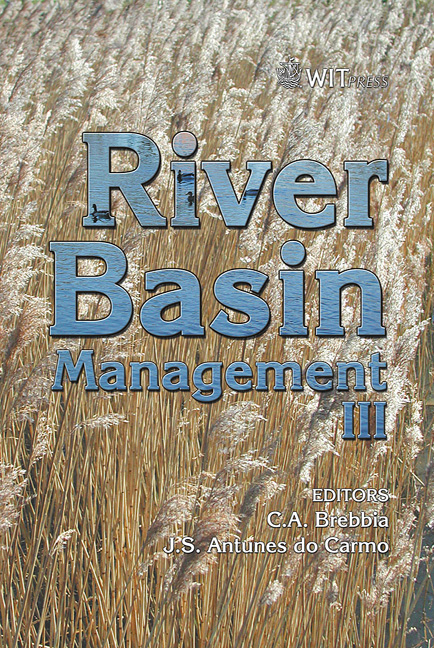Foraging Behavior Among Fishermen From The Negro And Piracicaba Rivers, Brazil: Implications For Management
Price
Free (open access)
Transaction
Volume
83
Pages
11
Published
2005
Size
626 kb
Paper DOI
10.2495/RM050481
Copyright
WIT Press
Author(s)
A. Begossi, R. A. M. Silvano & R. M. Ramos
Abstract
Foraging theory in ecology has been useful for the analysis of patterns relating to the cost and benefit of looking for, harvesting and obtaining food, including the costs of searching for and manipulating food (or prey). Within foraging theory, Optimal Foraging Models have also been applied to the foraging behavior of fishermen. Such models are important tools for understanding the decision processes taken by fishermen, such as: how many patches (or fishing spots, grounds or sites) to exploit, how long to stay in a patch, the costs and benefits of visiting distant patches, which fish should be caught, and which fish should be sold or consumed. The criteria by which fishermen make decisions concerning the use of the river space and the use of the available fish diversity are important reference parameters for river management. We give two examples of the application of Optimal Foraging Models to the behavior of fishermen by studying two riverine communities in Brazil. The first, located in the Amazon, on the Negro River, in the city of Barcelos, and the second, located in southeastern Brazil, São Paulo State, on the Piracicaba River, including two fishing communities: Santa Maria and Tanquã. Methods included sampling fish landings at known landing points, in local markets or at fishermen’s houses. In the Amazon (Negro River), in Barcelos, we collected data from 79 fishing trips, at the main landing point, the fish market, in August 2001. On the Piracicaba River, data on fishing trips and fish landings covered 256 fishing trips, collected at fishermen’s homes, from October 1994 to September 1995. The Optimal Foraging Models employed are Central Place Foraging Models, considering the travel time to the fishing spot (cost) and the quantity of fish caught (benefit). Such analyses show that the movement of fishermen to distant places is related to the fish-market value of target fish. Decision making processes underlying fishermen’s movements are important to be taken into account for fishery management. Keywords: Amazon, artisanal fisheries, management, human ecology, optimal foraging.
Keywords
Amazon, artisanal fisheries, management, human ecology, optimal foraging.





